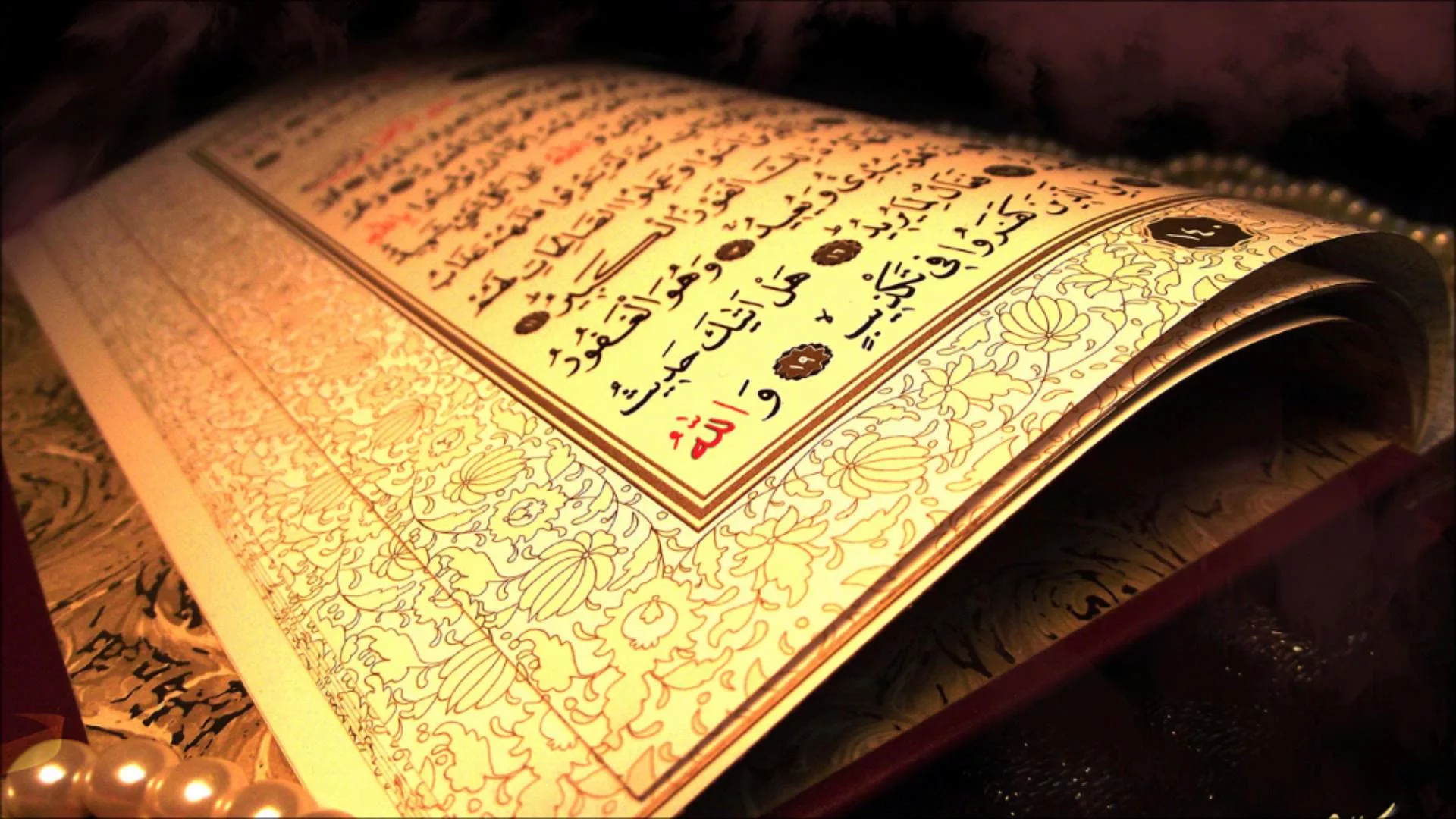The Quran, as the divine revelation to Prophet Muhammad (peace be upon him), contains numerous signs and evidences of the creation of the universe and all that exists therein. These signs are meant to awaken human minds to the truth of God’s existence, power, and wisdom. They invite believers and seekers alike to contemplate the natural world, the cosmos, and human life itself to recognize the work of the Creator.
Signs of Creation in the Quran

The Quran repeatedly calls on humanity to reflect on the signs (Ayat) scattered throughout the heavens and the earth as clear proofs of Allah’s creative power. These signs are not mere natural phenomena but are invitations for humans to ponder the origin, purpose, and harmony of creation. The Quran states: “Indeed, in the creation of the heavens and the earth and the alternation of the night and day are signs for those of understanding” (Quran 3:190).
1. The Creation of the Heavens and the Earth
The Quran highlights the creation of the vast universe as a fundamental sign. It mentions that the heavens and earth were initially joined as one entity before being separated—a reference that resonates with modern cosmological theories of the universe’s origin, such as the Big Bang. Allah says, “Do not the disbelievers see that the heavens and the earth were a closed-up mass, then We opened them out?” (Quran 21:30).
Furthermore, the Quran mentions the precise orbits and courses of celestial bodies: “He created the night and the day, the sun and the moon; each floating in an orbit” (Quran 21:33). This reflects the ordered, law-bound nature of the cosmos as a sign of divine wisdom.
Read more: how old is the earth according to the quran
2. The Alternation of Night and Day
The regular cycles of night and day demonstrate meticulous design and coordination of celestial phenomena. The Quran states, “And of His signs is the night and day, and the sun and moon” (Quran 16:12). This alternation regulates life on earth, affecting plants, animals, and humans alike, signaling the hand of a Creator who maintains balance.
3. The Diversity of Creation
The Quran invites reflection on the diversity found in creation as a sign of God’s power and creativity. This includes the variety of languages, colors, animals, plants, and ecosystems. “And among His signs is the creation of the heavens and the earth and whatever He has dispersed throughout them of creatures, and He, over their gathering, is competent” (Quran 42:29).
This diversity fosters life’s sustenance and signifies a deliberate and purposeful creation rather than accidental existence.
4. Growth and Development in Living Beings
The Quran draws attention to the stages of growth in humans and plants, emphasizing that these gradual developments reveal the Creator’s wisdom. For example, the verse: “We created you from dust, then from a sperm-drop, then from a clinging clot, then from a lump, formed and unformed, that We may show you” (Quran 22:5). This highlights the systematic developmental process instilled by Allah.
Read about: who is the most mentioned prophet in the quran
5. The Winds, Rain, and Reviving the Earth
The natural phenomena of winds, rain, and the revival of barren land after drought are also cited as signs of creation. The Quran says, “And in the alternation of the night and day and the wind and what Allah sends down from the sky of water, causing the earth to revive after its lifelessness…” (Quran 45:5). This cycle illustrates continual renewal and sustenance of life, pointing to an active Creator.
6. The Human Being as a Sign
Humans themselves are signs of creation, with their complex anatomy, intellect, emotions, and spiritual awareness. The Quran states, “And in yourselves. Then will you not see?” (Quran 51:21). This verse invites self-reflection on the intricacies of the human body and consciousness as evidence of divine creation.
Recommend: islamic adam and eve
FAQs
What are some key signs of creation mentioned in the Quran?
The Quran refers to the creation of the heavens and earth, the alternation of night and day, diversity in living beings, human development, natural phenomena like winds and rain, and the complexity of the human body as primary signs of divine creation.
How does the Quran describe the origin of the universe?
The Quran describes the universe as initially a unified entity that Allah split apart, reflecting the heavens and earth being “joined together” before separation, which aligns with modern scientific understandings like the Big Bang theory.
Why does the Quran emphasize observing natural phenomena?
Natural phenomena are used to point to the existence of a Creator with wisdom and power. Observing these signs helps increase faith and understanding of the purposeful design behind creation.
Are the signs of creation in the Quran scientific?
Many Quranic descriptions of creation coincide with verified scientific knowledge, showing harmony between revelation and reason. However, the primary aim of these signs is to inspire spiritual reflection, not to serve as scientific textbooks.
How can reflection on the signs of creation affect a believer’s life?
Reflecting on creation fosters reverence for Allah, encourages humility, and motivates ethical behavior in stewardship of the earth and fellow creatures as part of obedience to the Creator.
Conclusion
The signs of creation in the Quran serve as powerful reminders of Allah’s infinite knowledge, strength, and creativity. By observing the cosmos, natural cycles, living beings, and the self, people are encouraged to acknowledge the One who orchestrates all with perfect wisdom and purpose. These signs not only strengthen faith but also motivate ethical and humble living in harmony with the Creator’s design. The Quranic call to reflect on creation is a timeless invitation for enlightenment and spiritual growth.

